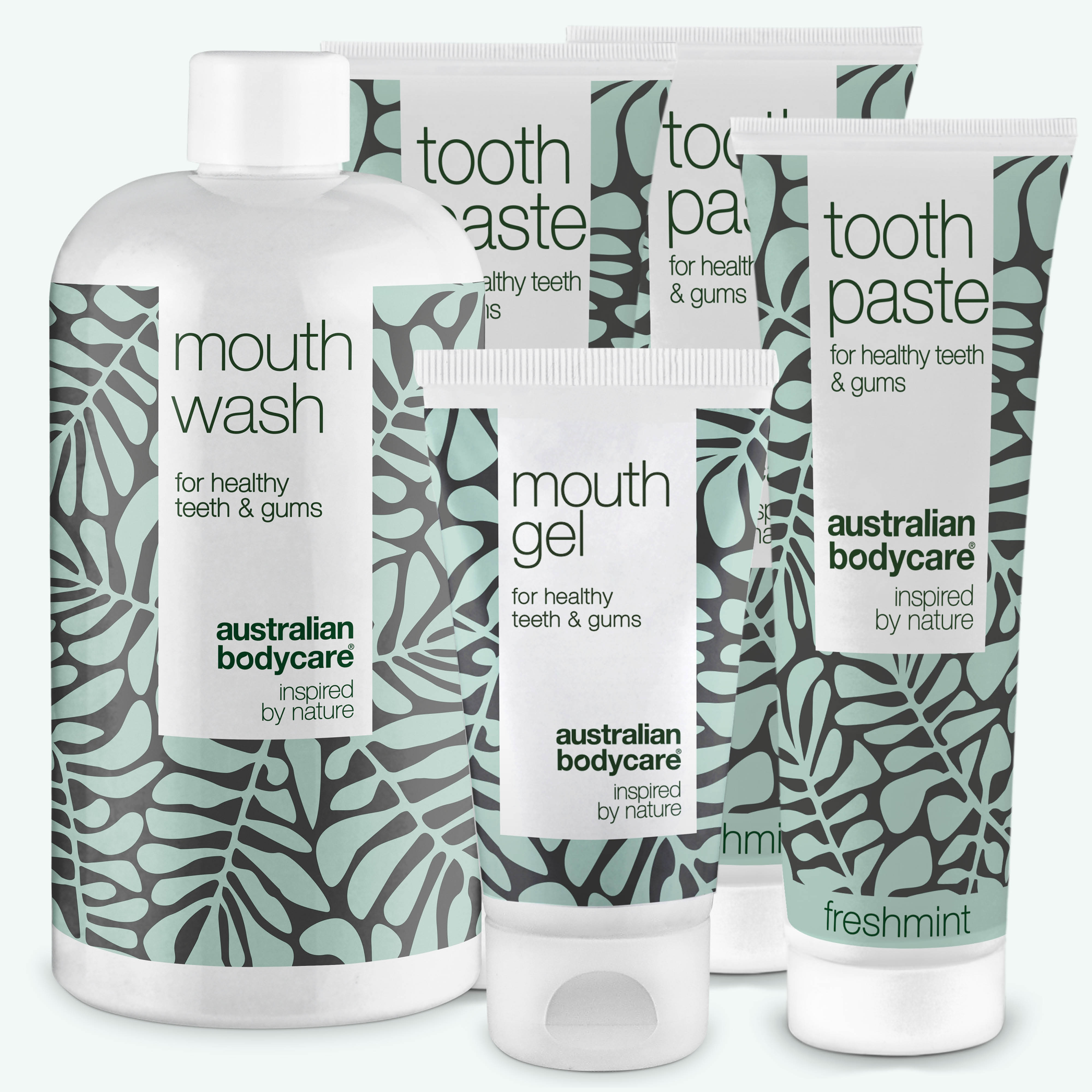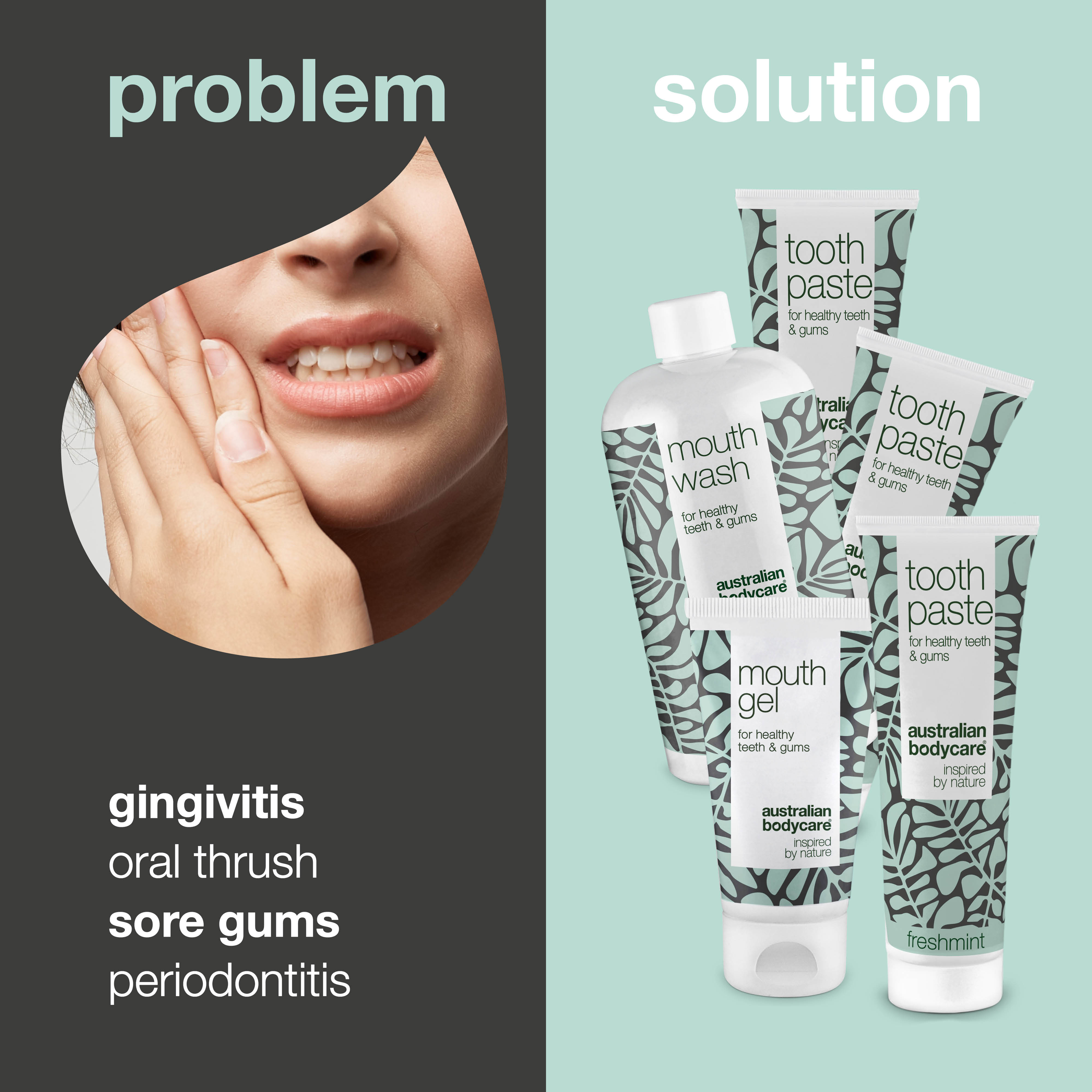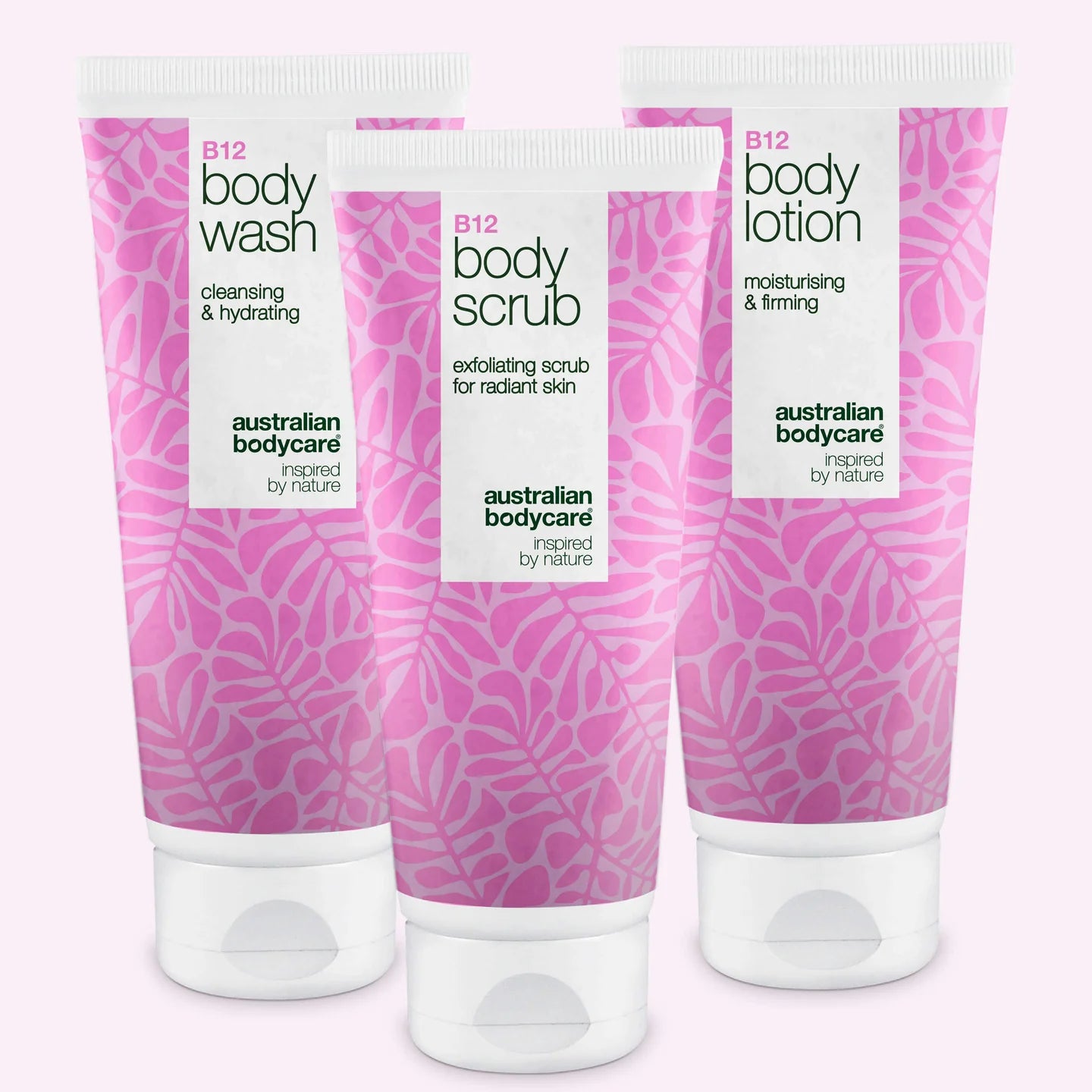All About Tooth Decay (Caries)
Tooth decay, also known as caries, often occurs due to bacteria in the mouth. Sometimes you may have a cavity and not feel anything at all, while other times, sensitivity or tooth pain might signal a problem.
Keeping your teeth clean by brushing and flossing, and eating less sugar, are great ways to keep cavities at bay.
Let’s find out more.
Table of contents
What is Tooth Decay (Caries)?
Tooth decay, also known as caries, occurs when plaque bacteria convert sugar and starch into acids that break down tooth enamel. Symptoms of caries include persistent toothache, tenderness or sensitivity when chewing, and visible holes or spots on the teeth.
The bacteria create an acidic environment in the mouth that degrades the enamel and causes cavities, leading to pain and discomfort.
Causes of Caries
Caries occurs because bacteria in the mouth produce acids when they encounter sugar and starch in what we eat and drink. These acids attack the tooth's surface, made of enamel, and create small holes or breakdowns.
Good oral hygiene with brushing and flossing can remove plaque and prevent caries.
Prevention is better than cure.
Bad habits, like snacking on sweets often and not brushing teeth at least twice daily, significantly increase the risk of developing caries. Saliva also plays a crucial role in protecting against caries as it helps neutralize acids and repair early damage to enamel.
People with dry mouth, therefore, have a higher risk of caries.
Symptoms of Tooth Decay
Teeth with small cavities rarely cause pain and often go unnoticed initially. However, sensitivity to hot and cold drinks may indicate early issues between teeth.
Pain typically occurs when a cavity becomes larger.
A dentist can spot early signs of caries during a regular check-up. Bacteria often cause cavities, and it’s important to act quickly to avoid further damage to the tooth.
Certain symptoms, such as pain when chewing or visible spots on a tooth, should prompt you to contact your dentist.
What Does a Cavity Look Like?
A cavity in a tooth often starts invisibly and can’t be seen with the naked eye. Over time, as bacteria break down the enamel, a cavity appears as a dark or brown spot. This spot is a sign of caries, damage caused by bacteria.
The surface of the tooth also feels rough or uneven to the tongue, indicating the beginning of a problem.
On close observation, small cavities in teeth may look like simple spots, but they are actually early damage. Without treatment, these damages become larger and can develop into a big cavity.
This then requires more extensive treatment, such as fillings or even root canal therapy. It’s important to act quickly to prevent further damage to the tooth.

Treatment Methods for Tooth Decay
Treatment methods for tooth decay include various techniques such as fillings, root canal therapy, and crowns and bridges, all of which can help save and strengthen teeth. These treatments are performed by dentists to remove damaged tissue and restore the function and appearance of teeth.
Fillings
Fillings are a common treatment for tooth decay. The process involves drilling out the affected area of the tooth to remove caries, followed by filling the hole with a plastic material.
This method helps restore the tooth’s structure and prevent further decay. It is important to seek professional treatment to prevent future complications and maintain overall oral hygiene.
Root Canal Therapy
Root canal therapy is used to treat deep cavities where bacteria have reached the nerve. During the treatment, the dentist removes infected tissue and cleans the inside of the tooth. Subsequently, the root is filled with a special material to prevent further infection.
After root canal therapy, a crown may be necessary to strengthen the tooth and restore its normal function.
This procedure usually involves multiple visits to the dentist, and the duration of treatment depends on the depth and complexity of the cavity. Root canal therapy is crucial for saving a tooth from needing extraction and can often prevent pain associated with deep cavities.
Crowns and Bridges
Crowns and bridges are long-term solutions for damaged or missing teeth. These treatments can help rebuild the strength, function, and appearance of teeth. Crowns and bridges are part of dental treatments aimed at restoring the health and aesthetics of teeth.
These methods can be crucial to ensure that teeth function properly and look natural.
Prevention of Tooth Decay
Avoid caries by maintaining good dental hygiene, reducing sugar intake, and visiting the dentist regularly for preventive care.
Good Dental Hygiene
Good dental hygiene is essential for maintaining healthy teeth and avoiding cavities (caries). Here are some important guidelines to ensure good dental care:
1. Regular Brushing: Brush your teeth at least twice a day with fluor toothpaste to remove plaque and bacteria.
2. Use of Floss or Interdental Brushes: These help remove food particles and plaque between teeth where a toothbrush cannot reach.
3. Limit Sugar Intake: Reduce consumption of sugary foods and drinks, as they can increase the risk of caries.
4. Visit Your Dentist Regularly: Have your teeth checked by a dentist at least once a year to maintain good oral hygiene and prevent problems in time.
By following these guidelines, you can help maintain strong and healthy teeth and avoid the development of cavities.
Reducing Sugar Intake
To reduce the risk of cavities, it’s important to limit sugar intake. Sugar is a key factor in the development of caries, and limiting sugary foods can help maintain good oral hygiene.
By reducing sugar intake, you can help reduce the buildup of bacteria in the mouth, which can lower the risk of developing cavities. Lower sugar intake can therefore be an effective method for preventing caries and maintaining a healthy mouth.
Regular Dental Visits
Regular dental visits are recommended at least twice a year to maintain good oral hygiene and prevent cavities. During these visits, the dentist will clean your teeth and examine for any signs of early cavities or other oral issues.
By participating in these regular check-ups, early signs of caries can be detected and treated, which can prevent the development of larger problems in the future.
By following this advice, you can avoid the need for more extensive dental treatments, as early detection of cavities can help maintain good oral health.
Tips to Avoid Caries
Avoid caries by following these tips:
1. Brush your teeth thoroughly at least twice daily for two minutes each time.
2. Use dental floss daily to remove plaque between teeth where a toothbrush cannot reach.
3. Reduce your sugar intake, especially from sodas, candies, and other sweet snacks.
4. Choose healthier alternatives like fruits or vegetables for snacks.
5. Visit your dentist regularly for check-ups and cleanings to detect and treat any early signs of caries.
These simple steps can help maintain healthy teeth and avoid the development of caries.
Conclusion
After exploring how a cavity looks (caries), it is clear that prevention is key to avoiding this unpleasant condition. Maintaining good dental hygiene, reducing sugar intake, and having regular dental visits can prevent the formation of cavities.
It is important to be aware of early signs of caries and seek treatment to avoid bigger problems in the future. By following these simple guidelines, you can ensure your smile stays healthy and pain-free.
FAQ
How can I tell if I have cavities?
You can detect cavities by looking for dark spots or feeling pain in certain teeth. Early cavities can be hard to see but may feel like roughness or a small hole.
Why do cavities form?
Cavities form because bacteria convert sugar from food and drinks into acid, which breaks down the tooth surface. This can be worsened by poor oral hygiene and infrequent dental visits.
Can children get cavities too?
Yes, children can also get cavities, especially if they consume a lot of sugary foods and drinks and do not brush their teeth properly. It is important to teach them good dental care early.
What do cavities look like?
Cavities, also known as caries, typically appear as small dark spots or holes on the tooth surface. In more advanced stages, these areas can become larger and darker, and visible damage to the tooth structure may be present.
How can you prevent cavities?
To prevent cavities, it is crucial to maintain good oral hygiene. This includes regular tooth brushing twice daily with fluoride toothpaste, daily flossing, regular dental check-ups for professional cleaning and examination, and limiting the intake of sugary and acidic foods and drinks.
What happens if I don’t treat a cavity?
Cavities can initially be painless, but as they develop, they can cause tooth sensitivity or slight pain when consuming sweet, hot, or cold foods and drinks. If the damage reaches the tooth’s nerve, the pain can become sharp and constant.
What is the best treatment for a cavity?
Treatment for a cavity depends on its size and location. Small cavities can often be repaired with a filling, while larger damage may require a crown or even root canal treatment.
Is it possible to prevent cavities?
Yes, you can prevent cavities by regularly brushing and flossing, reducing your intake of sugary foods and drinks, and visiting your dentist regularly for check-ups and cleanings.
What happens if I ignore a cavity?
If you ignore a cavity, it can become larger and cause more serious problems such as infection or tooth loss. It is best to get it treated quickly to avoid further damage.





